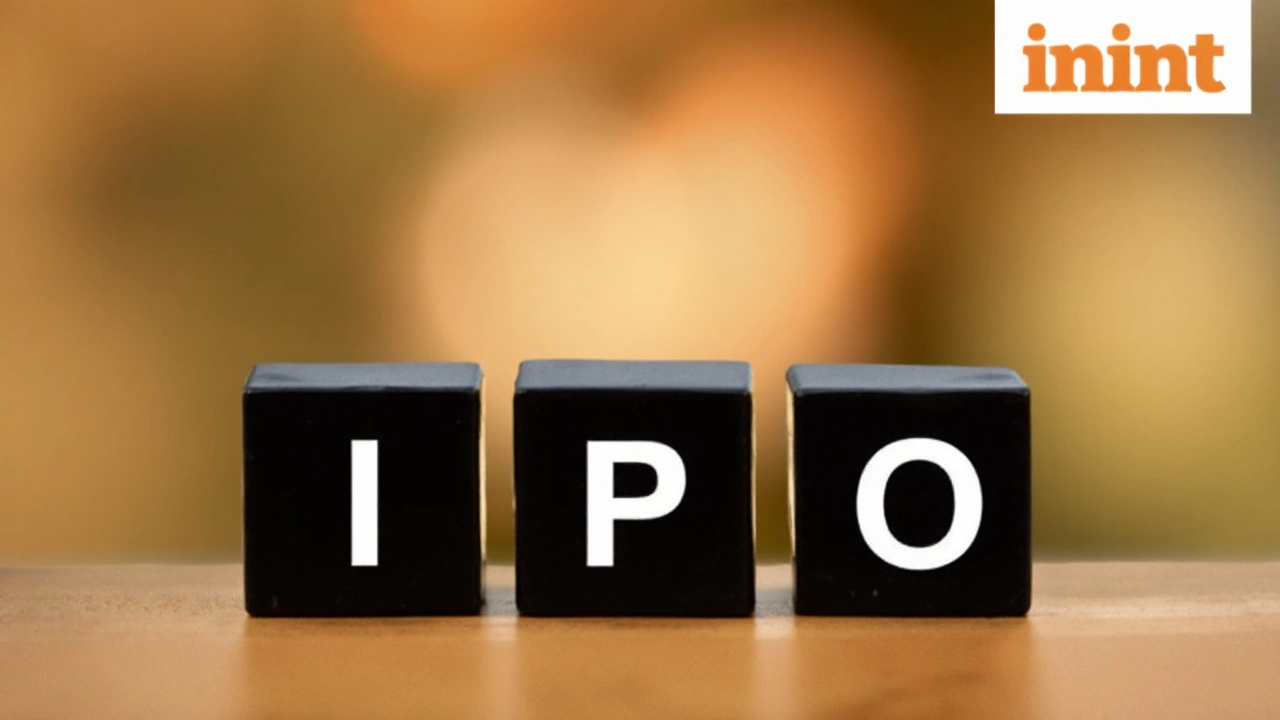What is the Indian Primary Market and Why It Matters
The primary market is where companies sell fresh shares to raise money for growth. In India, this process is called an IPO – Initial Public Offering. When a firm decides to go public, it works with regulators, investment banks, and stock exchanges to set a price and allocate shares. For investors, the primary market is the first chance to buy a stock before it starts trading on the secondary market.
How an IPO Gets Started
First, the company files a draft prospectus with the SEBI (Securities and Exchange Board of India). The prospectus details the business, financials, and risks, giving potential buyers a clear picture. After SEBI clears the document, the company hires lead managers – usually big banks – who help decide the issue size, price band, and subscription period. The issue price is set after a book‑building process where investors indicate how many shares they want and at what price.
Steps for an Investor to Participate
1. Open a trading and demat account. You need both to submit an IPO application and hold the shares afterward. Most banks and brokers offer a quick online setup.
2. Check the IPO details. Look at the issue size, price range, and company background. Remember, a lower price doesn’t always mean a better deal – focus on long‑term growth prospects.
3. Apply during the subscription window. Applications are usually open for 3–5 days. You can apply online through your broker’s portal or the ASBA (Application Supported by Blocked Amount) system, which blocks the money in your bank account until the IPO is allotted.
4. Wait for allotment. If the IPO is oversubscribed, shares are allocated on a proportionate basis. You’ll receive a confirmation via SMS or email.
5. Watch the listing day. Once the shares start trading on the NSE or BSE, the market decides the price. Some investors sell immediately for a quick profit, while others hold for potential appreciation.
While IPOs can bring quick gains, they also carry risk. The company’s future performance might differ from expectations, and market sentiment can swing wildly. That’s why many experts suggest diversifying – don’t put all your money into a single offering.
Another practical tip is to check the issue’s subscription ratio. A very high oversubscription (e.g., 30 times) indicates strong demand, but it also means you’ll likely receive fewer shares than you applied for. Conversely, a low subscription might hint at weak interest, which can be a red flag.
Finally, stay updated with regulatory changes. SEBI frequently updates guidelines on disclosure, pricing, and investor protection. Following the latest news helps you avoid surprises and make informed decisions.
The Indian primary market plays a crucial role in funding new ventures and offering fresh investment opportunities. By understanding the IPO process, setting up the right accounts, and evaluating each offer carefully, you can turn primary market participation into a smart part of your investment strategy.
 25 Sep 2025
25 Sep 2025
September 8‑12, 2025 saw a surge of IPO activity in India, with nine offerings and seven market debuts. Mainboard giants like Urban Company, Shringar House of Mangalsutra and Dev Accelerator opened their books on September 10. The SME segment also buzzed with Karbonsteel, Jay Ambe, Airfloa Rail and Galaxy Medicare. Strong institutional backing highlighted investor confidence despite mixed market sentiment.
View More
